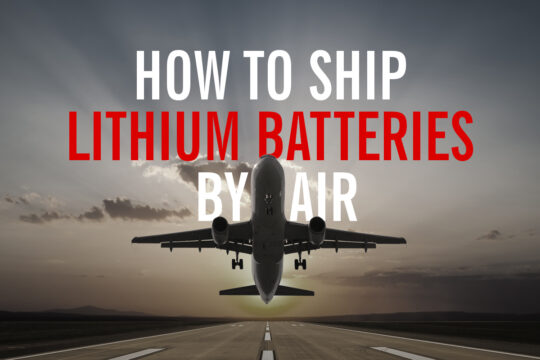Since 2016, when the International Civil Aviation Organization (ICAO) implemented drastically more restrictive global regulations on shipping lithium batteries by air, shippers have adapted and done their best to comply. Meanwhile, regulatory agencies continue to update regulation in an effort to keep lithium battery transport by air as safe as possible. The most recent change…
DOT introduces HazMatt to combat the “plain brown box”
Every year in the United States, there are approximately 1,500 reported transportation incidents caused by undeclared hazmat shipments. These rail fires, battery explosions and other incidents injure carrier employees and first responders while exposing them to dangerous chemicals and substances. Dangerous Goods regulations are useless if shippers don’t know what Dangerous Goods are. Ask any…
Dangerous Goods transport technology: Wouldn’t it be cool if …
A couple of weeks ago, we published our 2018 DG Wish List, in which Dangerous Goods professionals from around the world shared their fondest dreams for the industry. Most of these wishes were pretty practical, from simplifying lithium battery shipping regulations to making sure shippers were better educated about hazmat. Others were grander in scale—like…
Changes to 58th Edition of the IATA DGR – A Synopsis
In late July, the International Aviation Transport Association (IATA) released a summary document in reference to the changes that will appear in the 58th edition of their Dangerous Goods Regulations (IATA DGR). This edition will become effective on January 1st, 2017. While many changes are of a minor or administrative nature, a number of significant…



